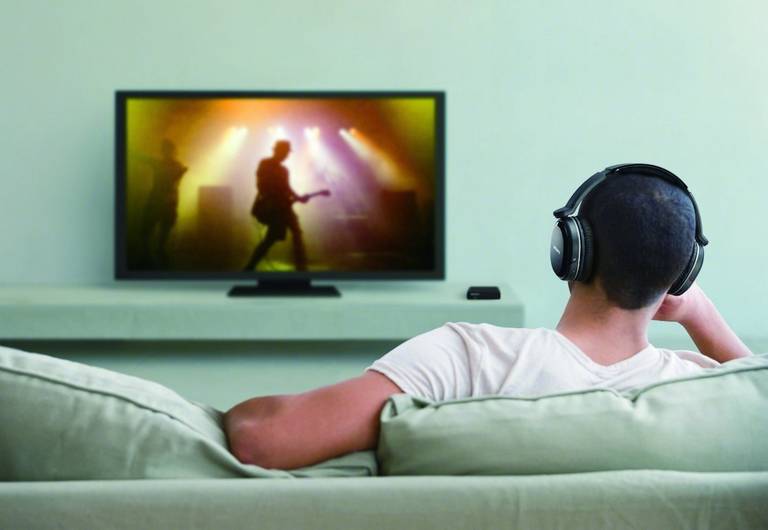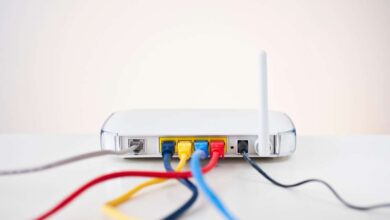
When customers connect their headphones to their Windows 10 PC, the issue arises since they need help to hear any sound from them, nor do they show up in Playback Devices. The computer doesn’t recognize the over ear headphones at all; all sound is played through the speaker while using it.
This is a fairly typical problem with Windows 10 and is frequently easily fixable. Make sure the headphones aren’t having a hardware problem before continuing by connecting them to another device. Other users have proven numerous techniques effective, so follow the guidelines we have provided below.
Solution 1: Locate it in Disabled Devices
It’s entirely conceivable that Windows 10 automatically deactivated the headphone sound output because it rarely sets it as the default and frequently views it as unneeded. Microsoft made a grave error here because hiding the device under Playback devices was unnecessary. Make sure to determine if this is the root of your issue.
- The Playback devices option will appear when you right-click on the Volume symbol in the bottom right corner of your screen. Open Control Panel on your computer and change the View by setting to Large Icons as an alternative. A similar window will be opened after you find and click the Sounds option.
- Remain in the Sound window’s Playback tab, which was just launched.
- Right-click anywhere in the window’s center, then select Show Disabled Devices and Show Disconnected Devices from the menu that appears. You should now see your over ear headphones.
- When you connect your headphones, the sound should automatically transition to them when you left-click on the recently appearing headphones and select the Set Default button below.
Solution 2: Remove Realtek HD Sound Software
Although the program is praised for being an excellent audio manager, some have complained that their over ear headphones didn’t start working until they removed the program. After that, you can reinstall it to see if the issue reappears!
- Search for Control Panel in the Start menu and click on it to launch it. Using Windows 10, you may also click the gear icon to access settings.
- Click Uninstall a Program under the Programs area in Control Panel by choosing View as – Category in the upper right corner.
- Clicking on Apps in the Settings app should immediately open a list of all installed programs on your PC.
- Click Uninstall after finding the Realtek HD Audio Manager tool in the Control Panel or Settings.
- The uninstall wizard should now be available; follow the on-screen directions to remove it.
- When the uninstaller is finished, click Finish. Restart your computer to see if any issues remain. Before attempting to reinstall Realtek HD Sound, make sure to examine if the problem has been resolved!
Solution 3: Modify the microphone’s settings
When these devices are set as the default, users who have recently added a microphone or camera (with an integrated microphone) can experience problems. Check out the solutions below to see how customers have been able to fix their over ear headphones issues by altering specific microphone settings!
- Select the Recording devices option by right-clicking on the volume symbol in the lower right corner of your screen.
- Stay in the newly opened Sound window’s Recording tab.
- Right-click anywhere in the window’s center, then select Show Disabled Devices and Show Disconnected Devices from the menu that appears. There needs to be a Stereo Mix entry there.
- To enable the newly added Stereo Mix entry, right-click on it and select the Enable option from the menu that appears. After that, left-click it and choose the Properties button in the window’s bottom right corner.
- Select the Listen tab and select the Listen to this device checkbox. Before selecting OK in the Playback through this device section, select your second audio choice.
Solution 4: Update the device’s drivers
It’s a terrific way to fix various hardware issues; this is no exception to updating the driver. If none of the above techniques were successful, you should delete the existing driver and install a newer one. The steps are listed below.
- Select “Device Manager” from the search results list by clicking the first one after selecting the Start button in the lower-left corner of the screen and typing the word there.
- You can simultaneously open the Run dialog box by pressing Windows Key + R. To launch it, enter “devmgmt.msc” in the dialog box and choose OK.
- The Sound, Video, and Game Controllers section should be expanded if you wish to update the driver for your headphones. Right-click your headphones in the list and select Update Driver from the context menu.
- Select the option from the new window that reads “Search automatically for updated driver software” and wait to see whether the utility can discover more recent drivers.
- Examine if your headphones are listed under Playback devices in the sound settings!



